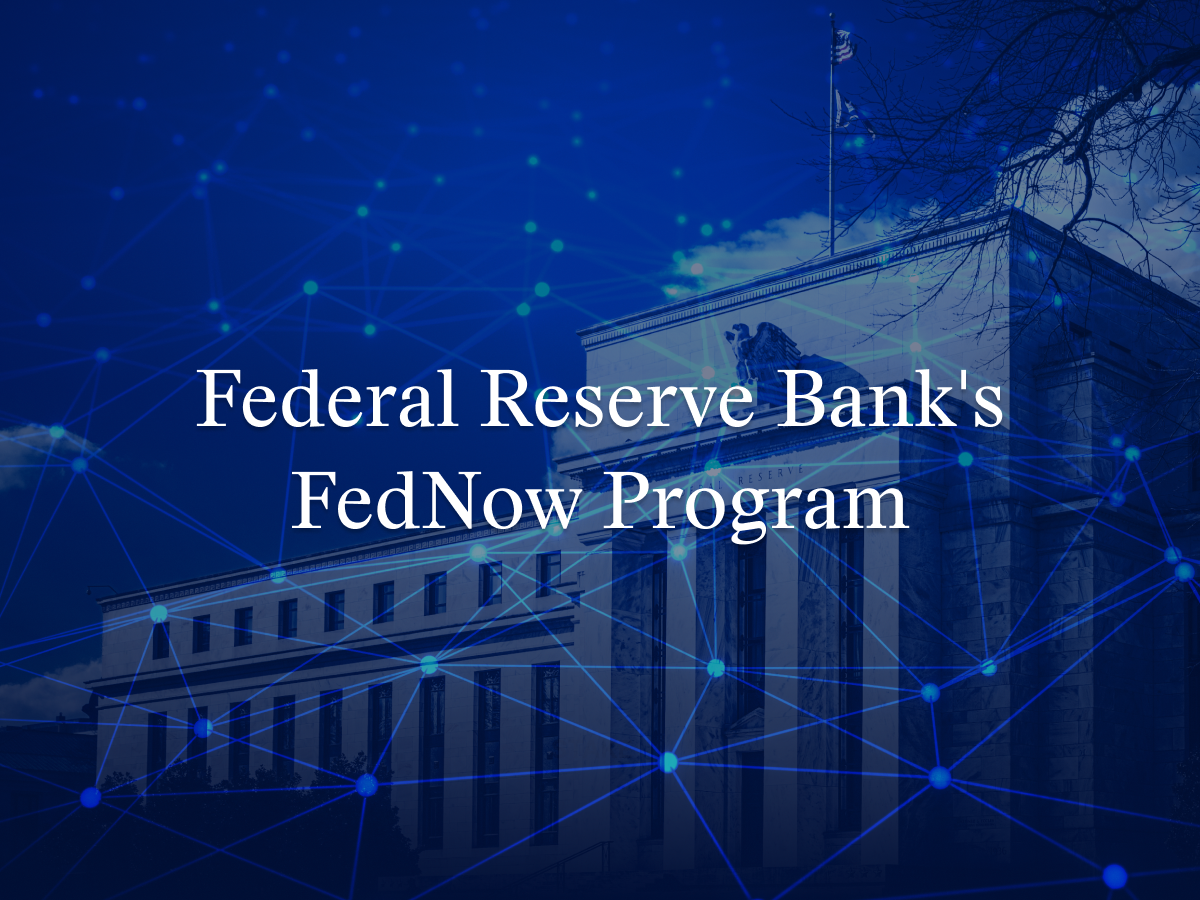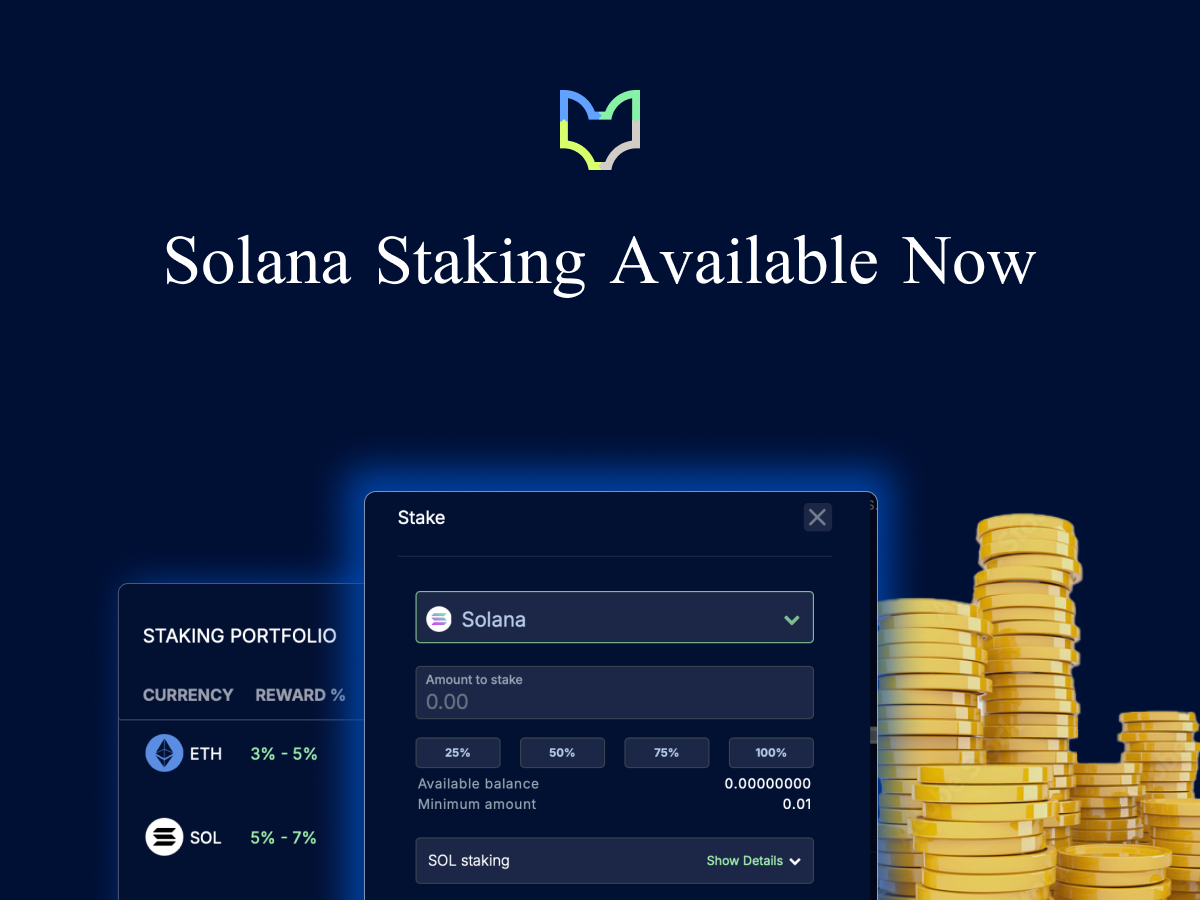In an effort to modernize (and in my opinion keep up with the crypto industry – though I doubt you will hear anyone from the Fed admit that) the FedNow Service is a new instant payment infrastructure developed by the Federal Reserve that allows financial institutions instant US dollar payment services.
Through the FedNow Service, businesses and individuals can send and receive instant US dollar payments in real-time, around the clock, every day of the year. Financial institutions and their service providers can use the service to provide instant payment services to customers, and recipients will have full access to funds immediately, allowing for greater financial flexibility when making time-sensitive payments.
The FedNow Service will be deployed in phases, with the initial launch taking place in July 2023.
Below are some advantages and disadvantages of this program and how it may impact the crypto industry.
Advantages of the Federal Reserve Bank’s FedNow program:
- Real-time payments: One of the major advantages of the FedNow program is that it aims to provide real-time payment capabilities. This means that individuals and businesses will be able to transfer funds instantly, improving the speed and efficiency of transactions.
- Increased accessibility: FedNow intends to offer access to real-time payments to all financial institutions in the United States, regardless of their size. This inclusivity can promote competition and innovation in the payment industry, benefitting both consumers and businesses.
- Enhanced financial stability: The FedNow system could potentially reduce systemic risks associated with delayed payments, as real-time settlement minimizes counterparty risks. By facilitating quicker and more secure transactions, the program aims to contribute to overall financial stability.
- Modernization of payment infrastructure: The current U.S. payment system is largely based on older technologies, resulting in slower processing times and limited functionality. FedNow aims to modernize the infrastructure by providing a platform for faster, more efficient, and innovative payment services.
Disadvantages of the Federal Reserve Bank’s FedNow program
- Implementation challenges: Developing and implementing a nationwide real-time payment system is a complex and costly undertaking. The FedNow program faces technical and operational challenges, including ensuring interoperability between various financial institutions and coordinating the adoption of new standards.
- Competition with existing payment systems: The introduction of FedNow could potentially disrupt existing private payment systems, such as those provided by banks or third-party providers. This may lead to resistance from established players who may see their market share and revenues affected.
- Potential security and fraud concerns: With the increase in real-time transactions, there is a heightened risk of security breaches and fraud attempts. The FedNow program needs to prioritize robust security measures and fraud detection mechanisms to safeguard the integrity of the payment system.
- Cost implications: The implementation and maintenance costs of the FedNow program will likely be substantial. These costs may ultimately be passed on to consumers or financial institutions, potentially impacting affordability and accessibility for certain market segments.
The Federal Reserve Bank’s FedNow program is primarily focused on improving the traditional payment infrastructure in the United States. While its direct impact on the cryptocurrency industry may be limited, there are potential indirect effects to consider:
- US Dollar payments to crypto platforms: While a limited number of banks have offered a similar service in the past (Silvergate, Signature), participation in this service could allow more participants to have this 24/7 access to move US Dollars.
- Increased competition: The introduction of FedNow’s real-time payment capabilities could create competition for cryptocurrencies, particularly those designed for fast and low-cost transactions, such as Bitcoin and certain stablecoins.
- Regulatory scrutiny: As the cryptocurrency industry continues to evolve, regulatory authorities may closely monitor its development. The establishment of FedNow could potentially contribute to increased scrutiny and regulation of cryptocurrencies, as central banks and policymakers seek to maintain control over the monetary system and ensure compliance with existing financial regulations.
- Alternative payment solutions: While FedNow aims to modernize the traditional payment system, some individuals and businesses may still prefer the unique characteristics offered by cryptocurrencies. Cryptocurrencies provide features like decentralized control, privacy, and borderless transactions, which may continue to attract users who value these attributes over the centralized and regulated nature of FedNow.
- Innovation and collaboration: The development of FedNow might also lead to increased innovation and collaboration within the cryptocurrency industry. To remain competitive, cryptocurrency projects may explore partnerships or technological advancements to differentiate themselves from traditional payment systems. This could lead to the development of new solutions that offer unique benefits and cater to specific user needs.
It is important to note that the cryptocurrency industry is highly dynamic, and the specific impact of the FedNow program on cryptocurrencies will depend on various factors, including regulatory developments, market dynamics, and user preferences. We will definitely be keeping a close eye on this as this evolves.



